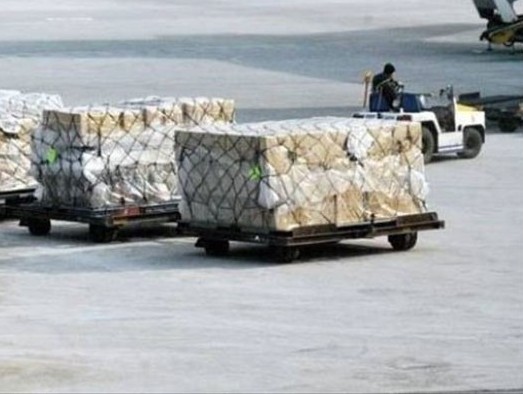
Will Covid-19 insecurities in the second wave flatten air cargo's six-month recovery?
The latest weekly and monthly data for October from industry analysts CLIVE Data Services and TAC Index shows a sustained improvement in volumes and rates.

The global air cargo market maintained its slow, six-month road to recovery in October but the industry will be waiting cautiously to see if a sudden fall in demand in the last week of the month signals a new hiatus in consumer spending amidst uncertainties caused by the second wave of coronavirus.
The latest weekly and monthly data for October from industry analysts CLIVE Data Services and TAC Index shows a sustained improvement in volumes and rates, and a record dynamic load factor - based on both the volume and weight perspectives of cargo flown and capacity available - of 72 per cent in the week of October 19-25. This further reduced the year-on-year decline in volumes to just -13 per cent versus October 2019 from a peak of -37 per cent at the start of Q2 2020.
However, the 3 per cent month-on-month growth in volumes for the last four weeks of October, and double-digit rate increases year-on-year, may start to level out if consumer concerns over public health and job security result in them ‘keeping their wallets closed’ and lower demand for air cargo capacity.
.jpg?resize=600,394&ssl=1)
Niall van de Wouw, managing director of CLIVE Data Services, said, “At a high level, the air cargo market can look at October’s performance data and feel reassured the recovery back to pre-Covid-19 levels is continuing. However, there will also be some companies looking over their shoulders at the 3 per cent drop in demand in the last week of the month and wondering if the uncertainties caused by the second wave of the virus are about to stop that recovery in its tracks. We will know more once we see the November numbers but the 1.5 per cent drop in the dynamic load factor in the usually strong last week of the month is unusual and raises question marks over demand in the coming weeks.”
He added, “What we may be seeing is a fall in demand at the end of last month which coincides with government lockdown measures in some countries to curb the second wave of coronavirus. While the dynamic load factor and airfreight rates for the month were higher, this was less built upon demand and more upon low supply with the -26 per cent annual decline in capacity. Perhaps this final week of October indicates that the peak might not be as strong as the industry had envisaged and hoped for.”
“Airlines are continuing to flex cargo capacity in accordance with demand – and to compensate for the dramatic loss of passenger traffic. Westbound capacity from China reflected this with a double-digit reduction in the last week of October, meaning capacity remained tight from China to Europe and, despite the 5 per cent fall in volumes, prices remained elevated, added Robert Frei, business development director at TAC Index.
“Airfreight prices for China/Hong Kong-EU increased 9 per cent week-over-week in the last week of October and were 25 per cent higher than in the final week of September. In absolute terms, rate levels were 60 per cent up compared to the previous 2020 high in May. This is also true for China/Hong Kong-US traffic, where rates for the last week of October were up 28 per cent over the same seven days of the previous month. Clearly, the industry will be monitoring the demand cycle very closely as we potentially enter into another period of uncertainty,” Frei said.

